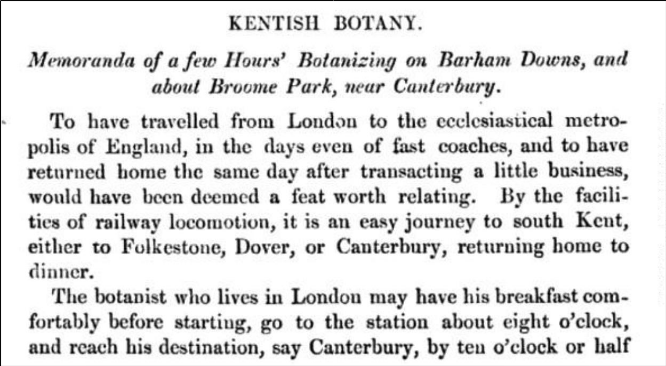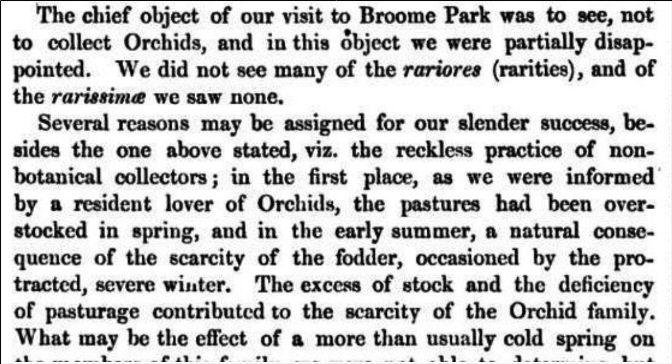There's a narrow belt of limestone that wanders its way across the French/Belgian border that transforms the normally dull area into a beautiful, interesting landscape. It's not quite the Ardennes but has hay meadows, floral hedgerows and roadsides, quaint villages and lovely rivers. Being limestone, there are also, of course, caves and gorges.
Wednesday, 31 July 2024
The Calestienne - limestone in Belgium
There's an excellent blog https://www.botanicaljourneys.com/index.html which describes some of the best sites in the area as well as further afield around Europe. I was grateful for this information as I was able to find some little gems with little effort.
Some of the south-facing slopes were almost bare limestone, which gives the herbs a chance to thrive.
Wall germander was profuse in places.
Straw foxglove was a surprise, although I'd previously seen it at Monkton chalk pit.
There's an active environmental strategy in place, promoted by the Walloon region. And plenty of information signs. Fauchage tardif means late mowing, on their roadside nature reserves.
Favourite plant on such a verge was downy woundwort, so fluffy!Belges
My inspiration for a trip to the French/Belgian border was a throw-away comment on the Kent Butterflies Facebook page, where James said that his favourite place for butterflies is Viroinval.
I'd never heard of it but after a little research realised that it's just my kind of place.
There were not too many butterflies on the wing (just before the recent warm spell) but enough variety to be interesting.
Wood whites were frequent.
.JPG)
The area also has plenty of forest which immediately makes me think of purple emperors, but only white admirals were seen.
One lovely area of wet heath-like clearing had plenty of bugs of all kinds, and there was one unidentified brute of a butterfly that evaded the camera. And this fritillary which I tentatively identified as a marbled fritillary.
On the rocky limestone slopes were the first chalkhill blues of the season.
And while I was chasing more butterflies on a forest edge, I saw a refugium, lifted it up and saw my first ever smooth snake.
Chimay - not just a beer
I stayed in a little town called Chimay in southern Belgium (Hainault) for a few days and was charmed. It's very quiet, just the right size, a couple of bars and restaurants, a church and a castle. And it's surrounded by the thin strip of limestone that makes the countryside look like Yorkshire, albeit with a far better flora and fauna.
This was the view from my garret:
Games are brought out into the town square each day, and there is a cracking board game shop with a mouth-watering selection of games for those who like that sort of thing.
And yes, there's an even more mouth-watering selection of beers.....
Tourist information:
Short trips across the channel are still available from £99 from Aferry (but seemingly not from ferry companies direct) and Chimay is 2½ hours by road from the coast - with no tolls.
Tuesday, 2 July 2024
A Few Hours' Botanising on Barham Downs... 1861
A Few Hours' Botanising on Barham Downs, and about Broome Park, near Canterbury........
in 1861
One hundred and sixty-four years ago, 2nd July 1861, Alexander Irvine left London at about eight o'clock for a botanizing trip from Canterbury to Barham and beyond, leaving eight or nine hours for his researches, and ample time for his return. It seems impolite not to take the opportunity to repeat this journey.
Subscribe to:
Posts (Atom)
.jpg)
.jpg)
.JPG)
.jpg)
.JPG)
.JPG)
.jpg)
.JPG)
.JPG)
.jpg)
.JPG)
.jpg)
.jpg)
.JPG)
.JPG)
.JPG)

.JPG)

.jpg)

.jpg)
.jpg)
.jpg)
.jpg)
.JPG)





